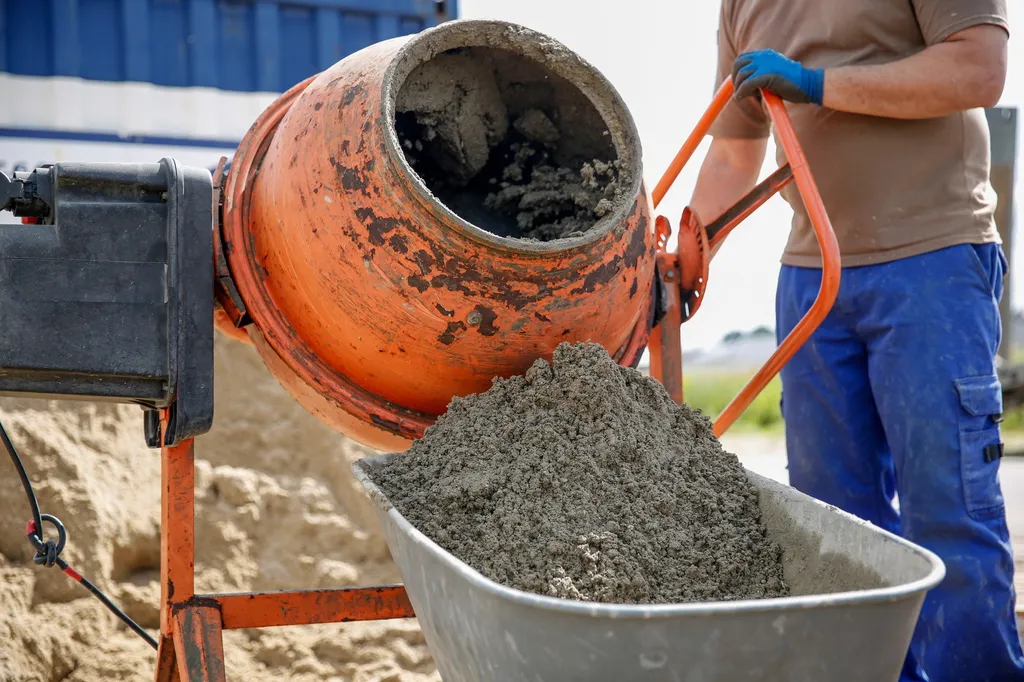In the ever-evolving world of construction materials, a groundbreaking study led by T. Singh from Dr B R Ambedkar National Institute of Technology Jalandhar is set to revolutionize how we approach recycled aggregate concrete. The research, published in the journal ‘Materiales de Construccion’ (translated to ‘Construction Materials’), delves into the predictive modeling of Self-Compacting Recycled Aggregate Concrete (SCRAC) using advanced machine learning techniques.
Singh and his team have developed and compared six popular machine learning models to predict key properties of SCRAC, including Compressive Strength (CS), Slump Flow (SF), and V Funnel time (VF). These models—Multi Layer Perceptron regression (MLP), Gradient Boost Regression (GBR), Bagging regression (BG), Extreme Gradient Boost regression (XGB), K Nearest Neighbours regression (KNN), and Support Vector Regression (SVR)—were used to analyze eight mix ratios as input features.
The study found that the Gradient Boost model (GBR_CS) performed best for predicting Compressive Strength, while stacked models excelled in predicting Slump Flow and V Funnel time. This breakthrough is not just academic; it has significant commercial implications, particularly for the energy sector. By optimizing the mix ratios of SCRAC, construction companies can reduce costs and lower CO2 emissions, making the material more sustainable and economically viable.
“Our research demonstrates that machine learning can be a powerful tool in predicting the properties of recycled aggregate concrete,” said Singh. “This not only enhances the efficiency of construction processes but also aligns with global efforts towards sustainability.”
The study also constructed multi-objective optimization and partial Pareto fronts to analyze trade-offs between Compressive Strength, Slump Flow, cost, and CO2 emission. This holistic approach provides a comprehensive understanding of how different factors interact, enabling more informed decision-making in the construction industry.
As the world increasingly turns to sustainable and cost-effective building materials, this research could shape future developments in the field. By leveraging machine learning, construction professionals can achieve better performance and sustainability in their projects, ultimately contributing to a greener and more efficient built environment.
The publication of this research in ‘Materiales de Construccion’ underscores its relevance and potential impact on the construction industry. As we move towards a more sustainable future, the insights gained from this study will be invaluable in driving innovation and efficiency in construction practices.

